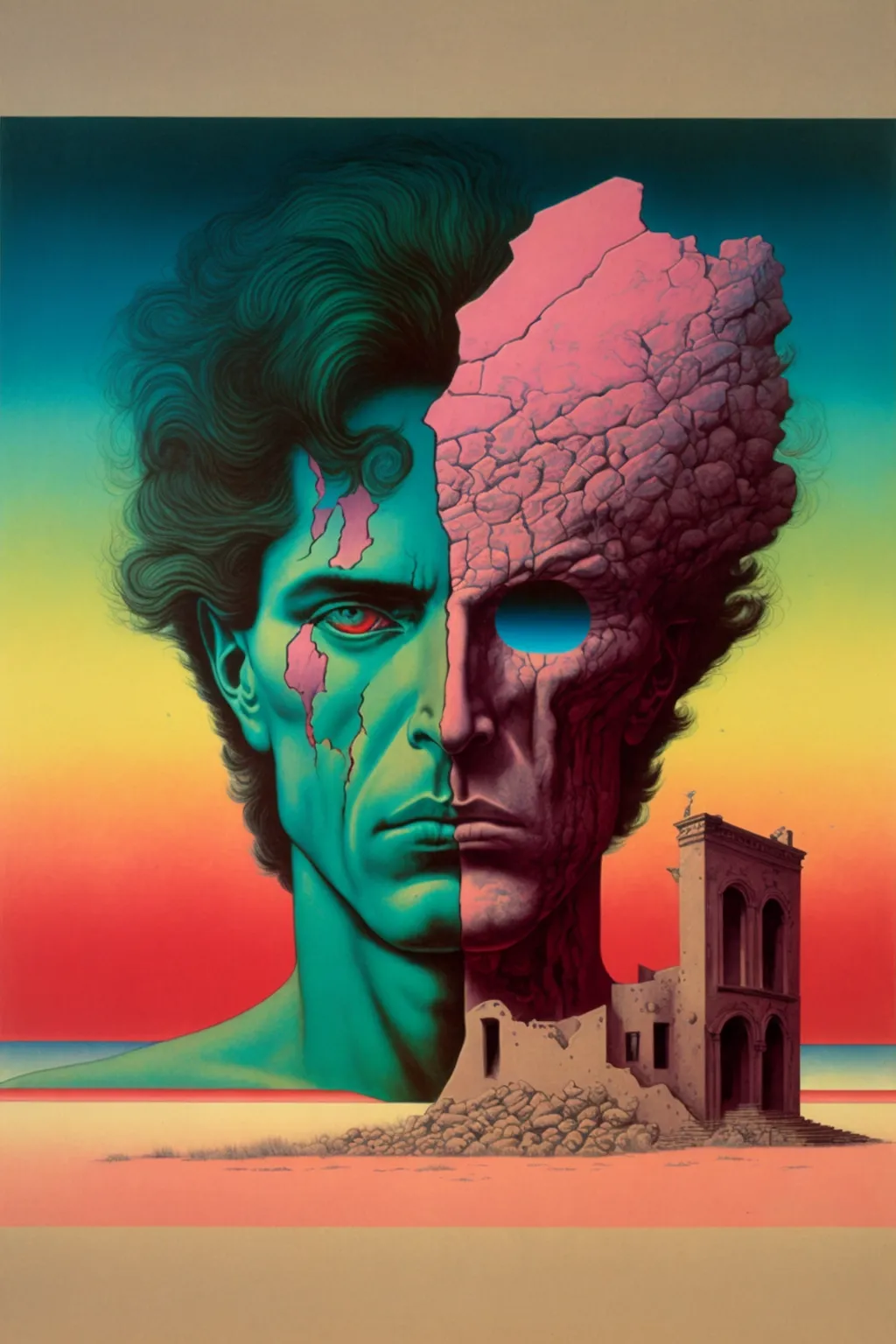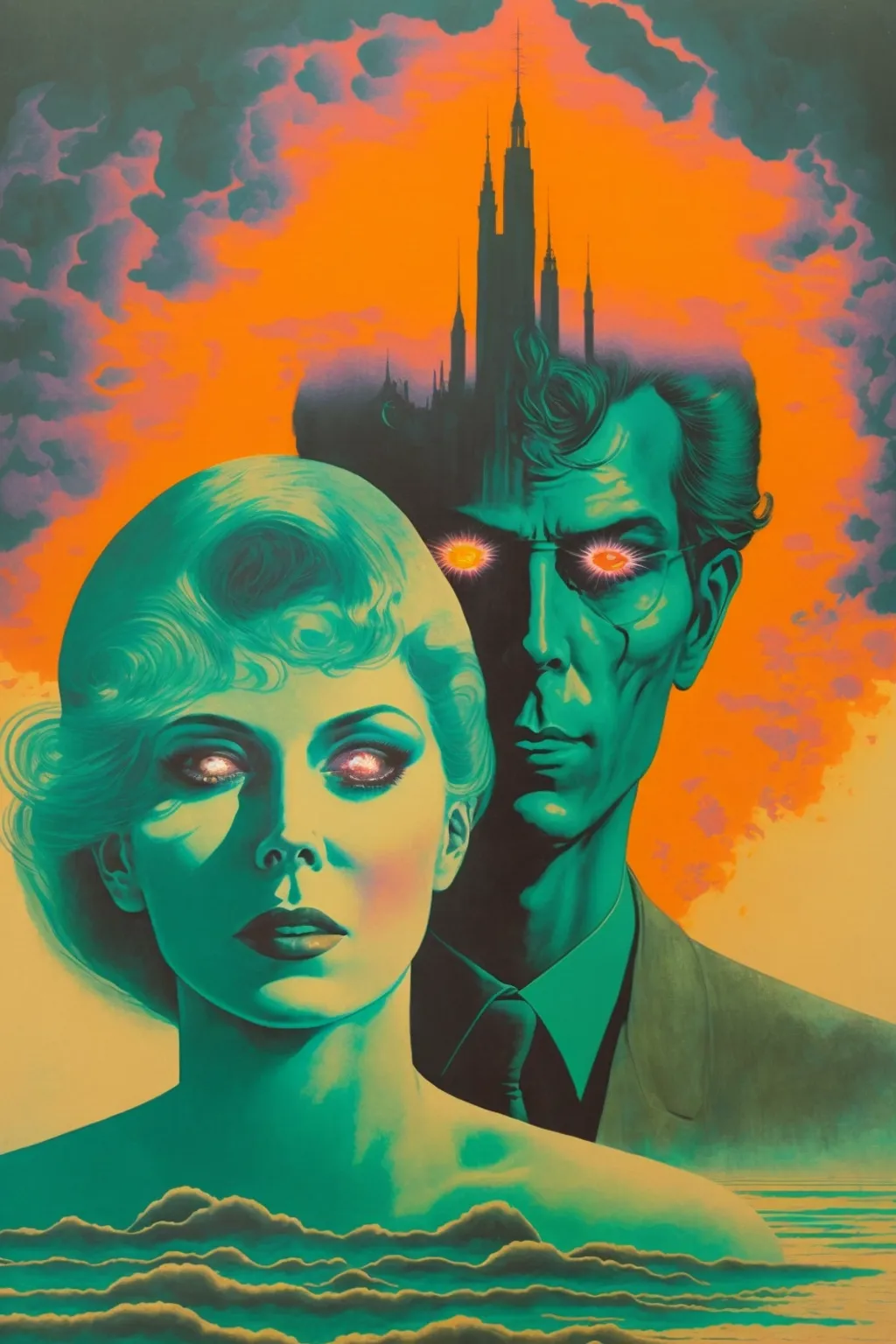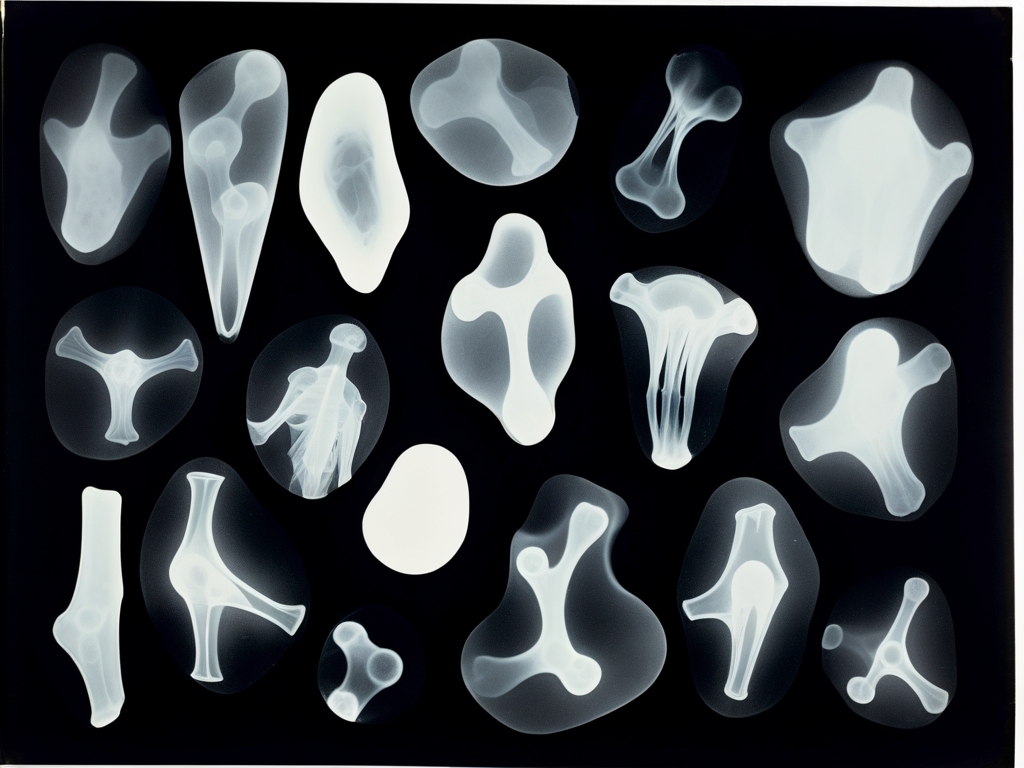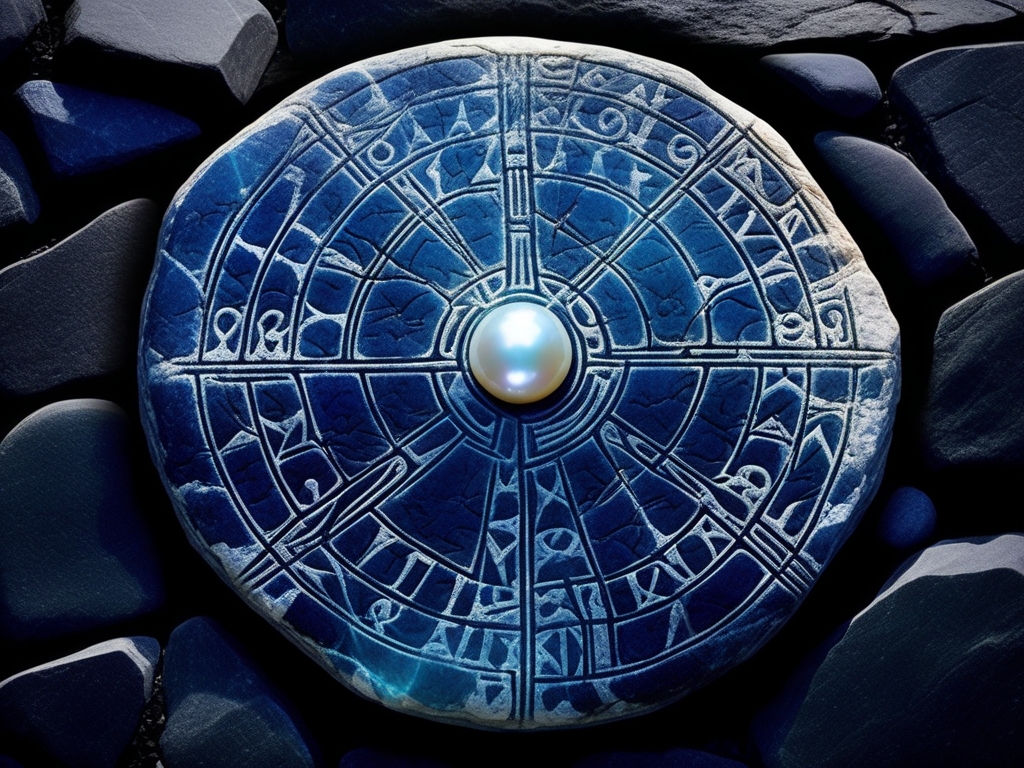An Artist's Reflections
A young painter found inspiration through hypnosis. But her dreamlike artwork might've caught the eye of the wrong crowd...

During the early 1980s, gallerist David Abdalian's thematic exhibits became one of the most high-profile art events of the year. Reality and Dreamscapes (1982) showcased artwork from veteran artists such as Raúl Gorzinsky or Jacinda-Johnson Brown, but probably the most iconic piece—which also served as the exhibit's promotional poster—came from the mind of British painter Mary Alice Carrington, who was only 24 at the time.
Reflection in Dream Minor is one of the surrealist pieces Carrington produced in collaboration with hypnotist and best-selling author Laszlo Rakoczy. Together, they wished to push the boundaries of creativity by placing the artist in a controlled trance.
Mary Alice Carrington chose watercolor because it matched the ethereal appearance of the mental landscapes she visited during her sessions with Rakoczy. Although the woman in the painting is the artist herself, Carrington never used the word self-portrait but reflection.
I saw my reflection among reflections
walking across a beautiful wasteland
where it didn't belong.
I was ecstatic, afraid.
and would go farther still.
- Mary Alice Carrington, extract from poem "Untitled Thought 19"
The collaboration between the artist and the hypnotist lasted over a year, but no one knows for sure how many pieces Carrington created during that period, as only three survived: the one above, Reflection of Laszlo in Ruins, and Reflection of Intruders at the Gate.

According to David Abdalian, Carrington and Rakoczy planned to unveil all the pieces from their collaboration in the fall of 1983. They had gathered a multitude of landscapes and portraits not only of them, but also depicting a varied cast of characters, all a result of the artist's entranced state.
However, in the summer of that same year, Mary Alice set fire to the house and workshop she shared with Rakoczy. All of her paintings, along with the manuscript and notes from the hypnotist's next book, were lost to the flames.
Carrington tried to justify her actions to the police: She'd been a victim of a violent home invasion, and had been forced to react. The appointed detectives found no evidence that supported the artist's claim.
After a thorough psychiatric evaluation, medical professionals determined Mary Alice suffered from paranoia, and found it hard to differentiate between reality and the images she'd experienced in her mesmeric state. In October of 1983, Carrington became a patient of the Silversprings Mental Health Institute, where she remained until 1986.
During her second year at Silversprings, Mary Alice reignited her artistic career, but changed her medium. She reinvented herself as a metal sculptor, which would lead her to her biggest success to this date, her solo exhibition Padlocks (1992).
She still cultivates that same line of work today, and has never returned to watercolors, or any other kind of paint.
Paint is a veil, but metal is opaque: it shall keep my reflections from looking in ever again.
-Mary Alice Carrington, transcript from the press conference for "Padlocks" (1992)





